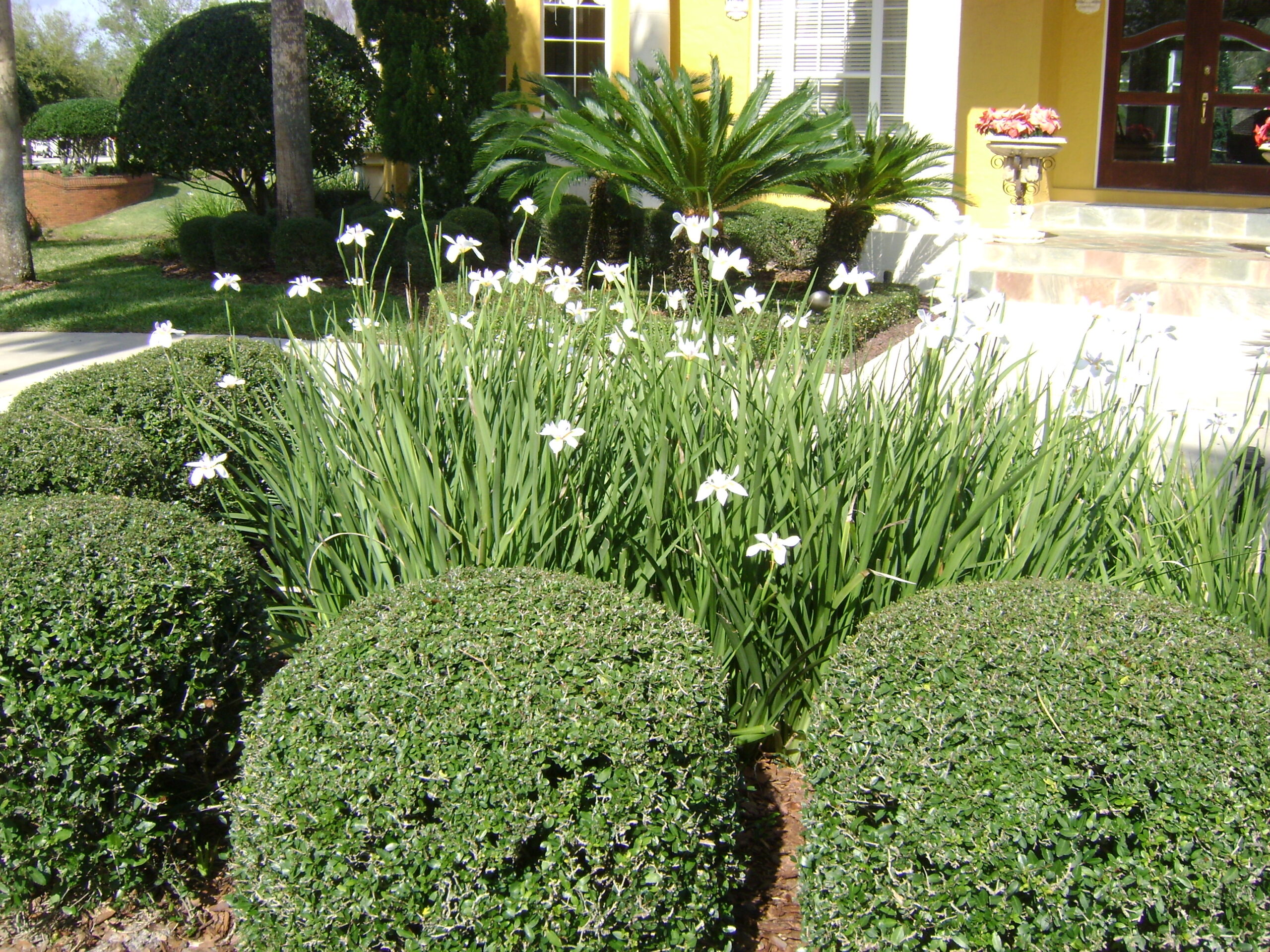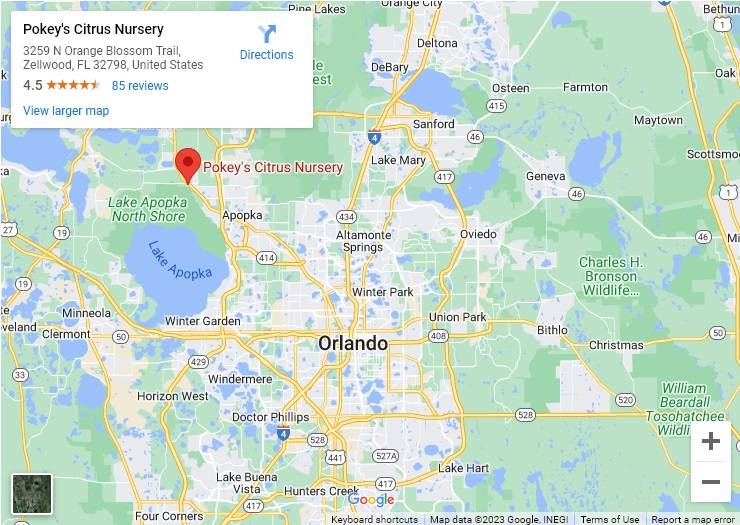The narrow sword-shaped leaves of the African iris can produce a striking vertical element in flowerbeds or near foundations.
African iris is a bright green, clumping perennial. The blade-like leaves spring upright from rhizomes that are sometimes visible above the surface of the earth. African iris spreads naturally to a width of 2 to 3 feet, and mature plants are about the same in height. African iris blooms periodically throughout the spring and summer. The flowers consist of three large, white, triangular petals dotted with bright yellow markings. Inside, another set of smaller, lavender petals complete the blooms. African iris is sometimes called “fortnight lily” because it tends to bloom in spurts, resting for a week or more before flowering again. Although the flowers last only one day, they are profuse and persist throughout the season.
African iris will grow successfully in full sun but seems to prefer the dappled shade found beneath eaves or tall trees. They do well in poor soils as long as there is adequate drainage, but won’t accept salty conditions. Regular watering during the growth and flowering seasons can increase blossom yield. Serious cold snaps may cause the foliage to yellow slightly, but the African iris makes a full recovery when warmer weather arrives.
Evergreen African iris creates a charming, fan-shaped array of vertical leaves even when not in bloom.


